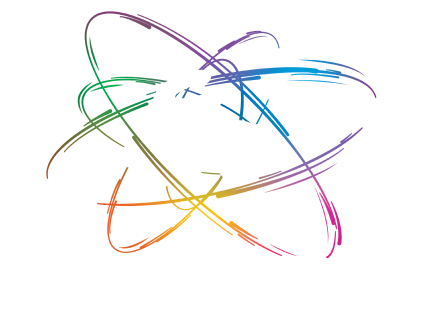SAFETY FIRST!
1. It is never safe to look directly at the Sun, even during an eclipse.
2. Make sure you have eclipse glasses that meet ISO 12312-2 international safety standards.
3. Check out an event near you that will have safe glasses or telescopes/binoculars with solar filters!
Science side note: If you are located within the path of totality, it is safe to view the eclipse while the Sun is completely covered by the Moon for your few minutes of totality!
https://science.nasa.gov/eclipses/future-eclipses/eclipse-2024/where-when/
https://www.inthepathoftotality.org/
https://www.greatamericaneclipse.com/april-8-2024
https://mindstretchingfun.org/total-eclipse-of-the-park/
This video was created in collaboration with the Sci-Tech Discovery Center. This work is supported by the Simons Foundation and is part of its ‘In the Path of Totality’ initiative.
#TotalEclipseOfThePark #Eclipse #STEM #Space #Museum #StemEducation #STEMinASL #STEMvee #Safety
Transcript: You’ve probably heard by now that there’s a solar eclipse in the US coming up on April 8th. This amazing phenomenon is awesome to view, but 1. Where can I see it? And 2. Why do people keep saying we need special glasses or telescopes to watch it? Let’s start with safety- In the back of our eye is a structure called the retina which senses light and sends signals to the brain telling us what we see. The front of our eye is covered with a protective, but sensitive layer called the cornea. When we look directly at the Sun for a short time, ultraviolet or UV light can cause a sunburn on the cornea called solar keratitis. If someone were to look directly at the Sun for a long period of time, UV rays could burn a hole in the retinal tissues causing solar retinopathy, which can lead to blind spots in vision. In order to keep our eyes safe, it’s important to only view the eclipse using special protective glasses like these! Many events across the country will have free glasses available to borrow or you may be able to purchase them in places like science museums or online. These solar eclipse glasses are NOT regular sunglasses, which are never safe for solar viewing. Eclipse glasses are thousands of times darker and must comply with international safety standards. Look for the ISO 12312-2 logo on your glasses to make sure they meet safety standards. Now, where can we see the eclipse? Good news! A partial eclipse will be visible from all 48 contiguous US states. However, a narrow track stretching from Texas to Maine will get to see the total solar eclipse. If you’re one of the lucky people living in the path of totality, you can safely view the eclipse for a few moments when the Sun is completely blocked by the Moon. To find whether you’re in the path of totality or to find the specific time of totality in your area, check out the NASA link in the caption below. Want to view the eclipse with other science fans? There may be an eclipse event near you! Check out the other link in the caption to find eclipse viewing events in your region. Stay safe and Happy Total Solar Eclipse!

